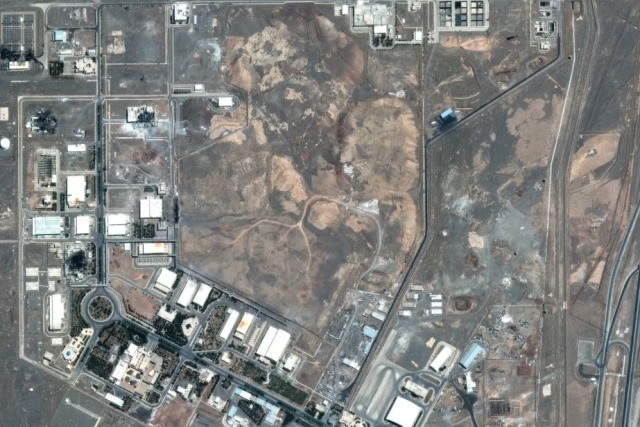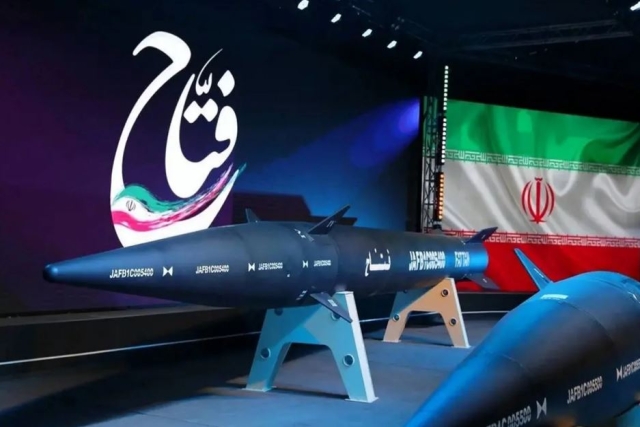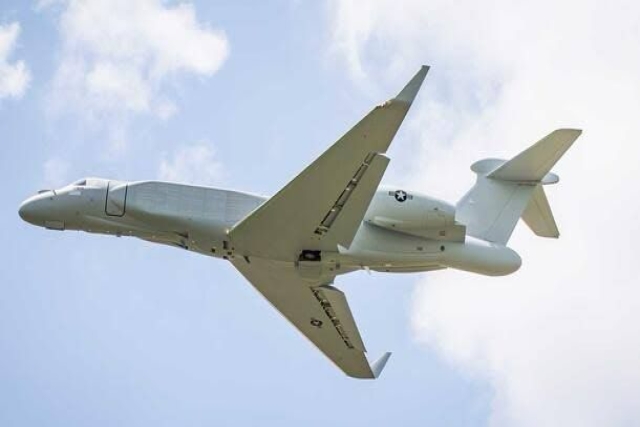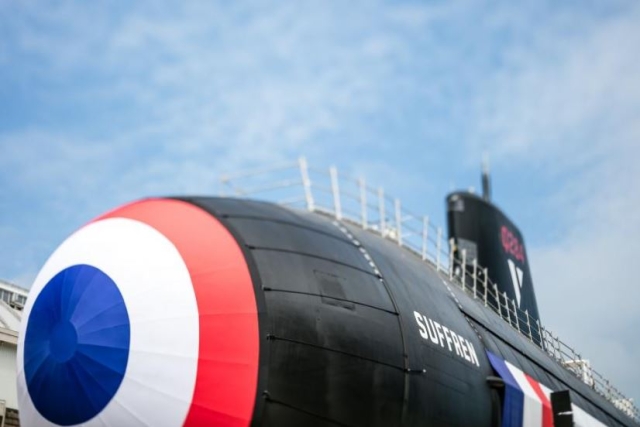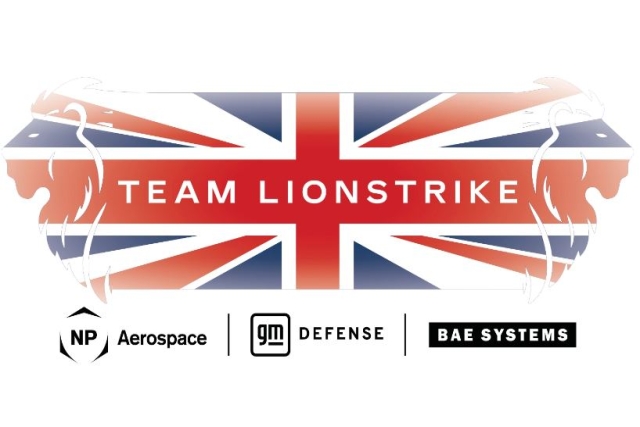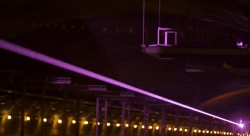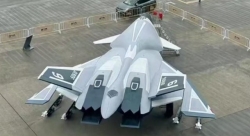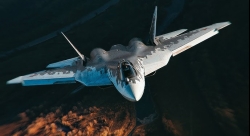Israel Requests U.S. MOP Bomb to Target Iran’s Fordow Nuclear Site
Request seeks 13,600 kg GBU-57 bunker buster as existing Israeli munitions prove ineffective against Fordo's deep-fortified facility
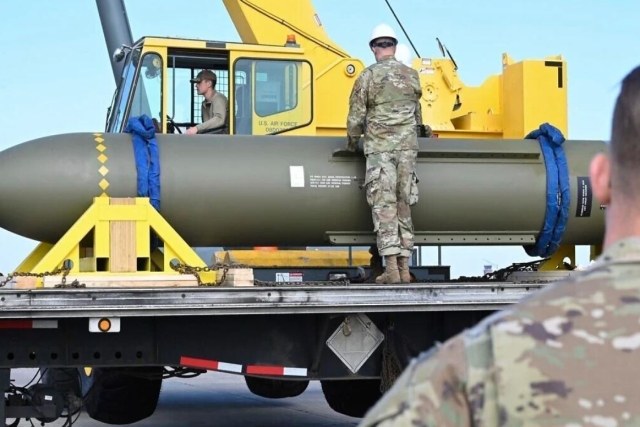
Israel has formally asked the United States for the GBU-57 Massive Ordnance Penetrator (MOP), a 13,600 kg bunker-busting bomb, to potentially target Iran’s heavily fortified Fordow nuclear facility, which lies 80 meters underground.
Developed by the U.S. specifically to neutralize deeply buried military structures, the GBU-57A/B remains under American control. While Israel has made an official request, the U.S. has not committed to transferring or deploying the weapon.
The MOP measures 6.2 meters in length and 0.8 meters in diameter. It contains 2,421 kg of explosive material, including 2,080 kg of AFX-757 and 341 kg of PBXN-114 booster. With a dense steel casing, the bomb can penetrate up to 60 meters of concrete or 40 meters of rock before detonation. Its GPS-guided inertial navigation system allows it to strike within a few meters of its target.
The bomb is equipped with the Wide Penetration Smart Fuze (LPSF), which uses impact and gap sensors to trigger detonation inside underground voids. Aerodynamic trapezoidal wings and a cage-type tail ensure stability during high-altitude, high-speed release.
Only the U.S. Air Force’s B-2 Spirit stealth bomber can currently carry the MOP, although it is also planned to be compatible with the upcoming B-21 Raider. Since Israel lacks both aircraft types, any strike using the MOP would have to be carried out by U.S. forces.
If deployed, B-2 bombers could operate from Whiteman Air Force Base or forward bases with political clearance. They can enter Iranian airspace under low radar signature, supported by electronic warfare systems. To maximize impact, the MOP must be dropped from above 15,240 meters (50,000 feet) at speeds over 1,111 km/h (600 knots).
Israeli intelligence—including satellite imagery, UAV surveillance, and signals data—would likely be integrated with U.S. mission planning systems to support any future action.
On Thursday, Israel claimed Iran fired a missile packed with cluster munitions — weapons that scatter bomblets designed to kill over wide areas. Some don’t explode, turning towns into minefields long after the war. It’s the first alleged use of such weapons in this war, aimed at driving up civilian casualties.

The Fordow facility is built into solid rock and shielded by reinforced concrete, rendering Israel’s current bunker-buster bombs, such as the GBU-28 and BLU-109, ineffective.
According to defense reports, it can only be destroyed (and even then not with 100% probability) using the world's most powerful bunker bomb GBU-57A/B MOP, which is capable of penetrating to a depth of 61 meters. In order to guarantee the destruction of this research center, the US and Israeli Air Force plans to use two such bombs or simply collapse the entrances and exits to this plant.



